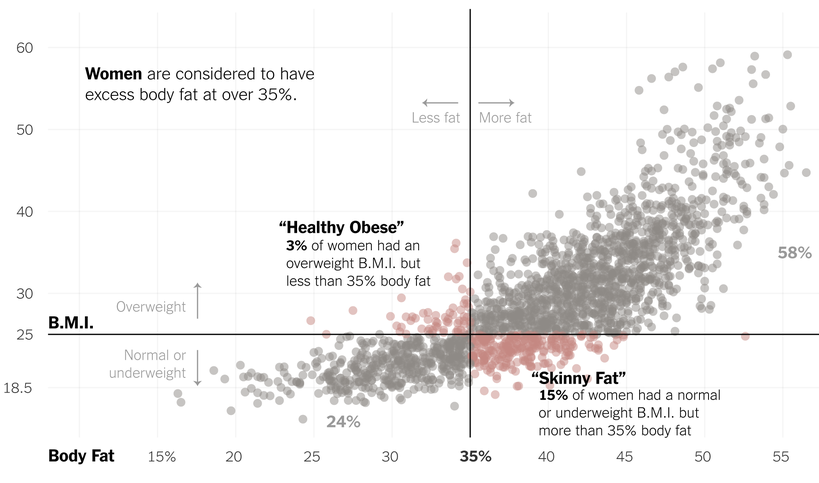New research questions the efficacy of annual physicals in improving long-term health outcomes. This finding calls for a shift from traditional, one-size-fits-all solutions toward tailored interventions. This approach not only aligns with individual needs but also promises a more sustainable path to well-being.
Pressed for time? Here’s a quick summary…
- Annual physical effectiveness: Studies indicate that annual physicals don’t significantly improve long-term health for young, asymptomatic patients.
- Healthcare system impact: Annual physicals place strain on an already burdened primary care system, exacerbating physician shortages and extended appointment wait times.
- Alternative preventive care: Employers should tailor interventions based on employee health data, emphasizing diet, exercise, and stress management to boost workforce wellness.
Why Annual Physicals May Not Be The Answer For All
Annual physicals have traditionally been a cornerstone of preventive healthcare; however, recent studies suggest that the resources they require may not yield proportionate long-term health improvements.
Annual Physicals vs. Biometric Screenings

It’s important to understand the distinction between annual physicals and biometric screenings to evaluate their value in primary care. While both methods assess biometric data (e.g. height, weight, blood pressure, etc.) for early disease detection, they differ in the following ways:
- Biometric screenings are often employer-led and conducted on-site with a focus on basic health metrics.
- Annual physicals are check-ups with a primary care physician, fostering a patient-physician relationship over time.
Questioning Effectiveness
The notion that annual physicals and biometric screenings are universal solutions for health improvement has faced criticism. It’s increasingly recognized that biometric screenings can provide inaccurate results. The Centers for Disease Prevention and Control indicates that BMI, which is captured through a biometric screening, is a misleading measure of health for 18% of the US. The data shows that 12% of males and 3% of females are identified as ‘overweight’ according to BMI despite having normal body fat percentages.

Similarly, research challenges the impact of annual physicals on preventing long-term health issues in young, healthy adults. The Society of General Internal Medicine highlights that aside from specific screenings like blood pressure and cervical cancer in women, regular physical exams in asymptomatic patients haven’t shown notable improvements in health outcomes.
Burden On Healthcare System

Annual physicals exert significant pressure on an already burdened primary care system. The Association of American Medical Colleges projects a shortage of 48,000 primary-care physicians by 2034 in the US. As appointment wait times continue to climb, there’s an apparent need to reassess the allocation and efficiency of healthcare resources.
Recommended Preventive Care Solutions For Employers
Despite the debate surrounding annual physicals, healthcare professionals agree on the importance of adhering to preventive screening guidelines. This applies to young, healthy individuals, who are not exempt from health risks such as rising cancer rates. Employers, therefore, have a critical role in encouraging essential screenings while exploring more effective preventive care solutions.
Offer Tailored Interventions

Moving beyond a one-size-fits-all approach toward personalized strategies can significantly boost the effectiveness of employer-driven health initiatives. This begins with analyzing employee health data to identify trends.
While Health Risk Assessments (HRAs) have traditionally been used alongside biometric screenings for early health risk identification, their effectiveness is limited by outdated information, inaccuracies and respondent errors.
One the other hand, Personal Wellness Assessments (PWAs) represent a superior solution, offering a holistic view of health through actionable lifestyle recommendations. This provides a more comprehensive and non-intrusive approach to evaluating and enhancing employee health.
Application: Traditionally used alongside biometric screenings.
Objective: To identify health risks early, yet often lacks subsequent interventions.
Limitations: Outdated information, inaccuracies and respondent errors.
Application: Serves as a modern alternative to HRAs.
Objective: To offer a holistic view of health through actionable lifestyle recommendations.
Benefits: Provides a comprehensive and non-intrusive approach to evaluating and enhancing employee health.
Encourage Preventive Behaviors
An effective wellness program should focus on key areas that contribute to long-term health, including:
- Nutrition
- Physical activity
- Sleep
- Stress management
By introducing wellness initiatives that target these components, employers can foster a culture of health, resulting in sustained employee well-being and aiding in disease prevention.
Invest In Technology-Driven Solutions

Embracing technology can help refine wellness programs and personalize employees’ health journeys. Solutions include:
- Wearable devices: These allow employees to track physical activity, sleep patterns, and other health metrics, encouraging self-awareness and accountability.
- Mobile wellness apps: Features like health coaching, personalized wellness resources, and progress tracking can create an individualized experience.












